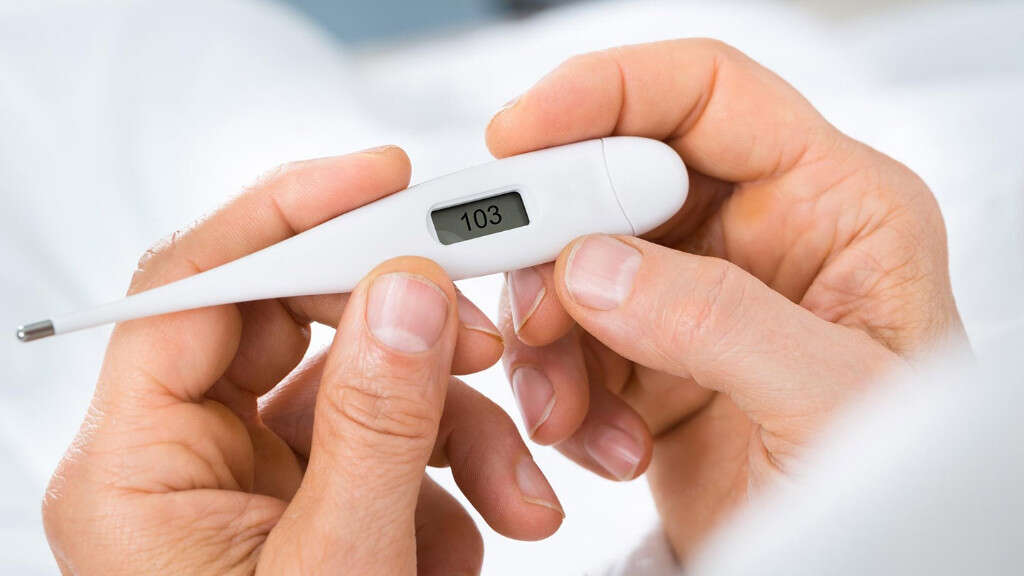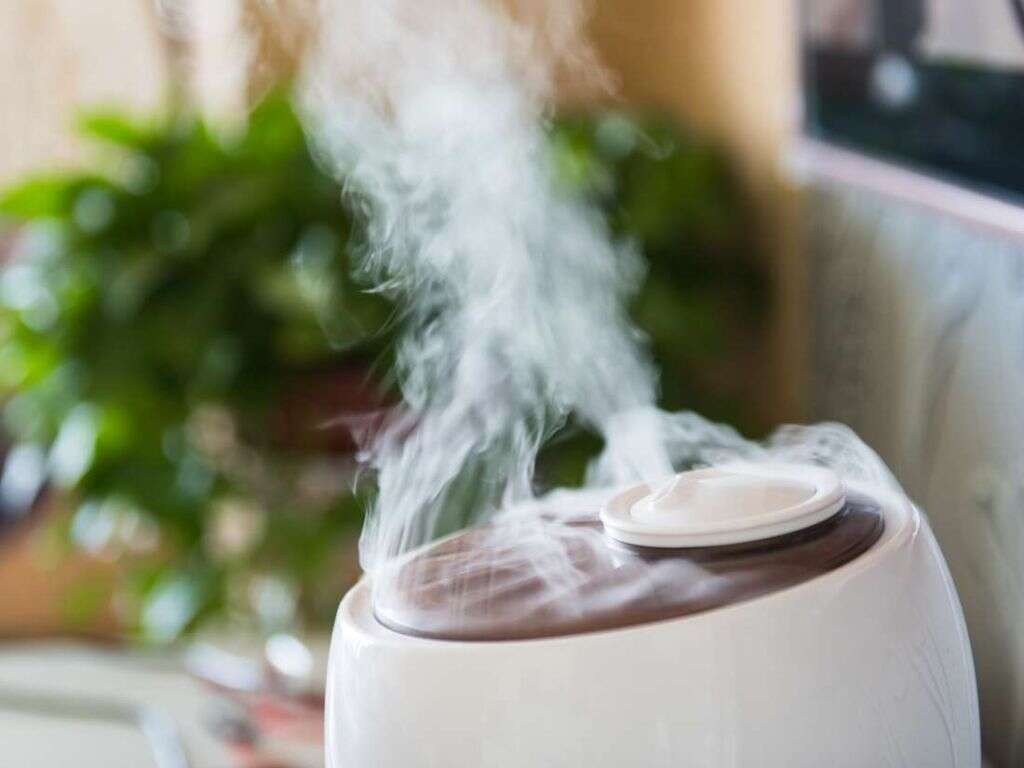10 Symptoms of Croup
The soft tissues of the throat are particularly susceptible to infections. In adults, this will typically result in laryngitis, which can be quite painful. Very young children are also vulnerable and when they develop such infections, it is recognized as croup.
Croup causes many symptoms that are familiar to all throat infections, such as a sore throat and coughing. It is not necessarily a dangerous illness and will usually pass harmlessly within a few days or so. However, remember that very young children are delicate and they should always be monitored closely to be sure they don’t come to serious harm.

Symptom #1: Cold Symptoms
The vast majority of us will have had a cold at one point. It is perhaps the most common illness in the world and, in the past, it used to be deadly. Thankfully, though, the threat it now poses to us is very small. It remains common, although some cases of the cold may not actually be a cold at all.
The first signs of croup tend to be very similar to that of a cold, meaning it is often overlooked to begin with. It is usually only when further symptoms begin to show that parents begin to pay more attention. Remember that young children are very vulnerable to illnesses, so even a cold is something that should not be treated with complacency.

Symptom #2: Fever
Our bodies don’t like it when pathogens manage to take a hold, and they respond to them straight away. One response is to make the body an unpleasant place for the pathogens to stay and this can be achieved by making the body hot. This is what we know as a fever and it is an effective defense against infection.
A fever can often be quite alarming when they occur in very young children. It is best to try to keep calm, though, because the fever is likely doing good and no harm. Regardless, a child with a fever should still be monitored in case the fever does rise to dangerous levels.

Symptom #3: Heavy Breathing
An infection of the throat can become quite sore. The tissues of the throat are soft and delicate, meaning they can become very tender when all is not well. They can also become quite inflamed and this can be problematic. It can lead to difficulty breathing, which will obviously raise concerns.
One common symptom of croup is that the patient can begin to breathe heavily. If their breathing is too restricted then this is obviously something that should be addressed. Remedies are available that can help to ease the breathing, although you should make sure you get advice from a medical professional to ensure the child’s safety.

Symptom #4: Red Throat
Whenever you make a visit to a doctor, they are likely to want to give you a quick look over to check for symptoms. This usually includes having a look inside the mouth to look for tell-tale signs of illnesses. One thing the doctor is likely to be looking for is the color and condition of the back of the throat.
One common symptom of croup is that the back of the throat will appear to be red and swollen. When such symptoms are apparent, it is also likely to be quite clear that the throat is sore for the child. Medications are available that will help to soothe the symptoms.

Symptom #5: Hoarse Voice
It is often quite easy to tell a lot about a person’s health just by listening to their voice. A change in voice can be very noticeable and is often a dead giveaway that somebody is not well. If their voice is hoarser than usual, it could be a sign that they have croup.
If your child is speaking, or even just making sounds, with a voice that sounds hoarse then you should get it checked out. While it may not necessarily be something to be overly concerned about, a doctor may at least be able to prescribe something that will help them feel more comfortable.

Symptom #6: Barking Cough
Coughs are common. They are so common, that it isn’t even necessary to be sick to have one. This means that we will generally just overlook them as something not significant, but they should not be ignored. In many cases, they can be a sign that all is not well.
Some coughs are also able to help us identify what is causing them. If a cough causes a barking sound, for example, then it is a sign that your youngster could have croup. Regardless of the type of cough, you should arrange to take your child to see a doctor if the symptoms persist.

Symptom #7: Difficulty Swallowing
All food and drink that we consume will pass through the throat. This part of the body is made of very soft and sensitive tissues that can become quite sore. This soreness can make it difficult for your child to swallow, and difficulty swallowing is a symptom that your little one may have croup.
A young child will not understand the reason for their soreness as we do. For the very young, it can be all but impossible to try and reason with them to explain they need to eat regardless of the pain. Make an appointment with the doctor, though, and they should hopefully be able to soothe the symptoms.

Symptom #8: High-Pitched Breathing
Breathing should be effortless for us. After all, we need to be doing it all day, every day. The air should be able to pass through our air-passages easily. So easily, that we don’t even notice it is happening. If breathing does become harder than it should be then it is a clear sign that something is wrong.
One way to tell that a young child is having breathing difficulties is by the sound of their breathing. If they are making a high-pitched sound then it indicates that the air is being forced through a passage that is too narrow for comfort. If you do notice this happening, you should make sure your child gets medical help as soon as possible.

Symptom #9: Tiredness
The processes that keep us alive, such as breathing, are usually no effort to us. We have evolved various organs to help us with this, and these organs are able to do the necessary work with minimal effort. When things get harder for us, though, then things can get very tiring.
Having to fight hard to breathe can be very tiring indeed, especially for very young children. Not only will they feel tired, but they may also have difficulty sleeping because the symptoms can keep them awake. A doctor should be able to prescribe medication that will help ease the symptoms, allowing your little one to get some much-needed rest.

Symptom #10: Blue/Gray Skin
Our blood is red in color because of the presence of iron. This iron helps to carry oxygen around the body because oxygen binds tightly to iron naturally. If there is a lack of oxygen then the blood will begin to lose its deep red color. This can be noticeable externally as the patient’s skin changes color.
This is often most noticeable around the lips where the blood vessels are particularly close to the surface. This can result in blue/gray lips and also around the nose and in the fingernails. This is a clear sign that your little one is not getting enough oxygen and this should be treated as a medical emergency.











